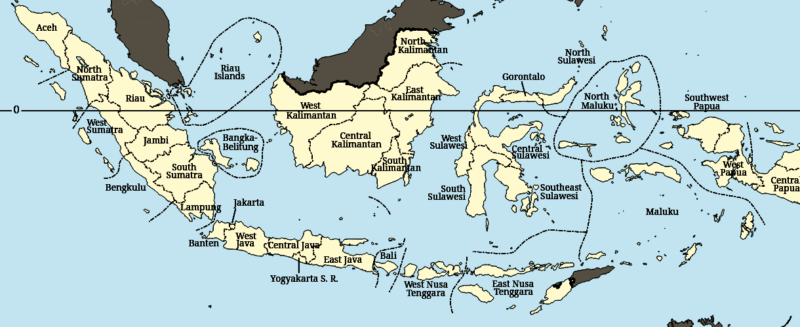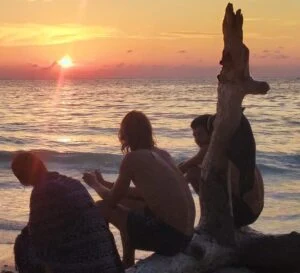Indonesia is big. Really big. Spanning over 17,000 islands, it’s one of the most diverse countries on Earth — culturally, geographically, and logistically. Most travellers only skim the surface, hopping between Bali, a bit of Java, and maybe a Komodo boat trip. But beyond the usual trail lies the real magic: lesser-known regions where tourism hasn’t yet taken over, and the experience feels far more personal.
If you’re curious enough to go off the beaten path — and patient enough to enjoy the ride — here are a few practical tips for travelling through Indonesia’s more remote areas.
1. Don’t Expect Everything to Work Like Clockwork
Even in the cities, Indonesia isn’t always the land of timetables and signposts. But out in the rural and lesser-visited regions? Transport can be sporadic, weather can shift plans quickly, and a “short trip” might stretch into a full-day journey.
Instead of resisting the unpredictability, lean into it. These delays often lead to the best stories: conversations with locals, meals you didn’t plan, or scenery you would’ve missed.
2. Travel Slow, Not Fast
Indonesia rewards travellers who take their time. The more slowly you move, the more you’ll understand. This is especially true when travelling through islands like Sumatra, Flores, or Sulawesi, where distances are long, roads are winding, and shortcuts rarely exist.
Slow travel also means you’re more likely to connect — with people, places, and experiences. A few extra days in a small village or coastal town might end up being the highlight of your trip.
3. Choose Transport That Matches the Terrain
Planes can save time (and are often the only way to hop between islands), but once you’re on the ground, expect a mix of bemos (minibuses), ojeks (motorbike taxis), boats, and shared cars.
Research local options for each region:
- In Flores, travel is often by winding road in private cars or buses.
- In Kalimantan, riverboats might be your main mode of movement.
- In Sulawesi, you’ll likely fly into Palu, Makassar, or Manado, then use a mix of taxis and hired drivers to reach more remote areas.
At our place in Towale, Central Sulawesi, for example, we’re about 90 minutes from the nearest airport — and while the roads are decent, local knowledge definitely helps. (Good news: we can help with that.)
4. Offline Maps and Translation Tools Are Your Best Friends
Connectivity can drop in and out once you’re away from major towns. Make sure you download maps (we like Maps.me for its offline usability) and translation apps like Google Translate with Bahasa Indonesia saved for offline use.
It’s also worth learning a few basic phrases — even a simple “terima kasih” (thank you) can open doors and start smiles.
5. Go Where the Tour Buses Don’t
Some of Indonesia’s most rewarding places don’t get Instagrammed much — and that’s part of the appeal.
Think:
- The highlands of South Sulawesi — cool climate, warm people, surreal landscapes.
- Napu Valley, with ancient megaliths and misty mountain air.
- The Togean Islands, where time seems to stop entirely.
- Donggala, where we’ve built our off-grid eco-lodge in a quiet coastal village that sees more dugongs than tour groups.
These are places where local life moves at its own pace — and where travellers can actually experience Indonesia, not just look at it through a window.
6. Ask Locals for Help — They’re the Real Guides
Guidebooks and blogs are helpful, but locals know what’s running, what’s broken, and where’s open. In rural areas, asking at your homestay or warung (small eatery) can lead to all kinds of unexpected discoveries.
If you stay somewhere like our eco-lodge in Sulawesi, we’ll happily help you arrange onward travel to places like the Togeans, Napu Highlands, or the airport — because we’ve done the same journeys ourselves (usually more than once, in both directions, and with snacks).
Final Thoughts: Be Flexible, Be Curious, and Just Go
Travelling through Indonesia’s lesser-known regions takes a bit more effort — but the rewards are real. You’ll find quieter beaches, more genuine connections, and the kind of experiences you remember years later.
So pack light, keep your expectations open, and embrace the beautiful mess of Indonesian travel. It’s not always easy, but it’s absolutely worth it.


